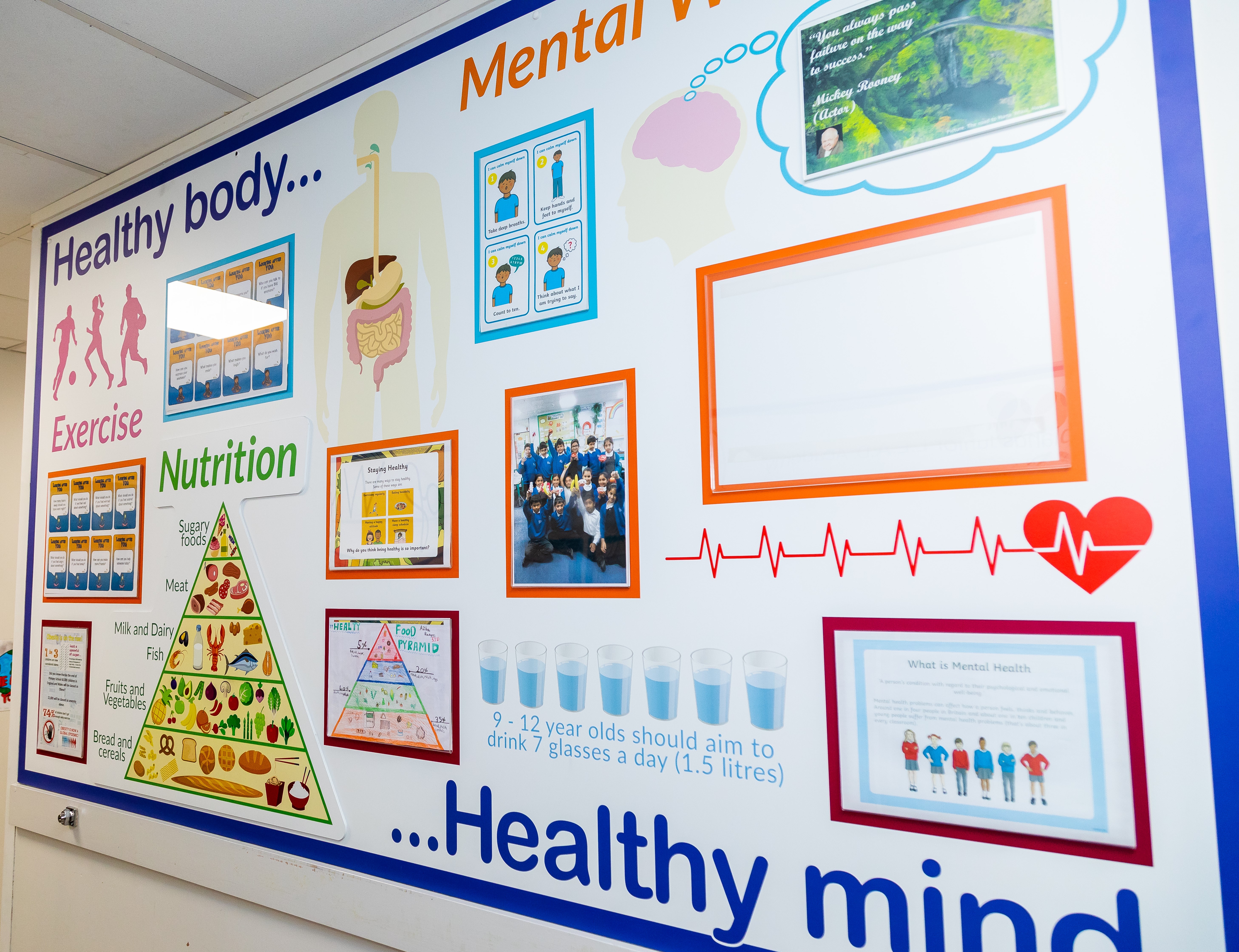
This week, year 6 had a fantastic time in the kitchen learning how to make samosa chaat! They focused on developing key knife skills, including how to safely peel and dice ingredients. The class worked together to boil potatoes and sauté onions, creating a delicious, spiced potato filling for their samosas.
After making the filling, the children learned how to fold samosa pastry using paper to practise their technique. Once confident, they moved on to working with real pastry, carefully sealing their samosas with a flour and water paste.
Finally, they assembled their samosa chaat thinking thoughtfully about the different flavours and textures that would make their dish extra tasty. It was a brilliant week of hands-on learning, filled with creativity, teamwork and the development of valuable lifelong cooking skills!
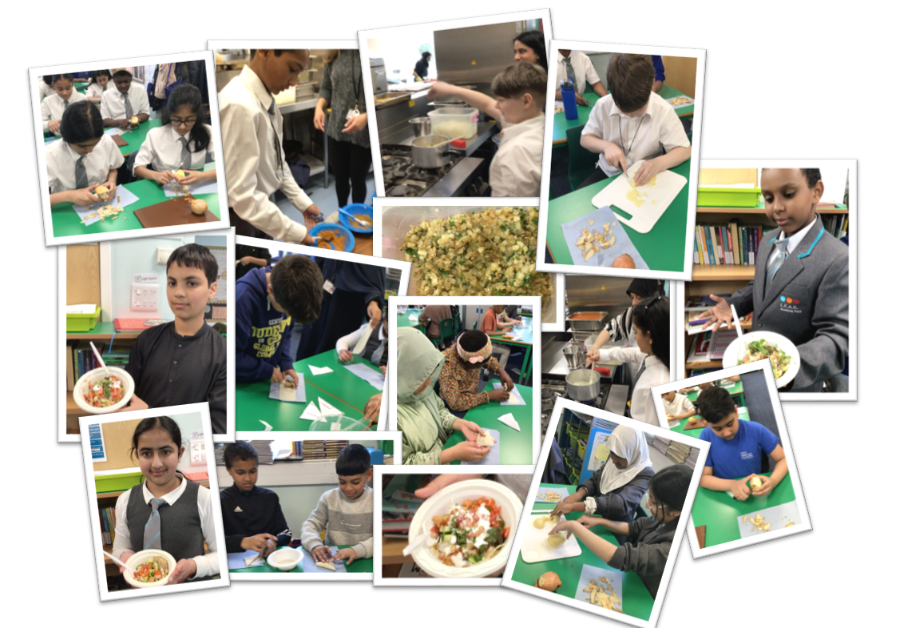
Year 4 children and their parents took part in a morning of Design and Technology where they built an ‘art bot’. They used their knowledge of electricity and circuits to make their art bot move. Many thanks to all of the parents who came to support us. Below is feedback from those who attended:
My son and I enjoyed making the art bot. The teachers are very helpful and make effort so the kids can be creative. Thank you very much.
Very good interactive session, you can see how excited the kids are for the lesson.
It’s very important to have creative activity like this, the children enjoyed it with their parents.
I enjoyed the lesson and I got to learn alongside the children. It was fun.
Mohammad’s book has many interesting new vocabulary so it would be nice to have a dictionary on the table for a quick search.
I loved the session. I think it helps children with confidence and teamwork.
I really enjoyed being able to take part in their DT lesson. It was nice to have an insight of what it is like for them in class and it was nice to be able to help them.
We really enjoyed making the robot together.
Enjoyed the session, good to know what kind of questions need to be asked for the child to think that little bit extra and to be able to work out what will happen.
The children in Year 3 explored the concept of forces, focusing on how magnetic forces work to push and pull objects. They learned about attraction and repulsion between magnets and discussed how these forces are used in real-world applications, such as helping trains stay on their tracks through magnetic levitation. The children also learned about Eric Laithwaite, an important figure in science, who invented magnetic levitation technology. This understanding forms the foundation for their upcoming project, where they will design and build a car powered by magnetic force.
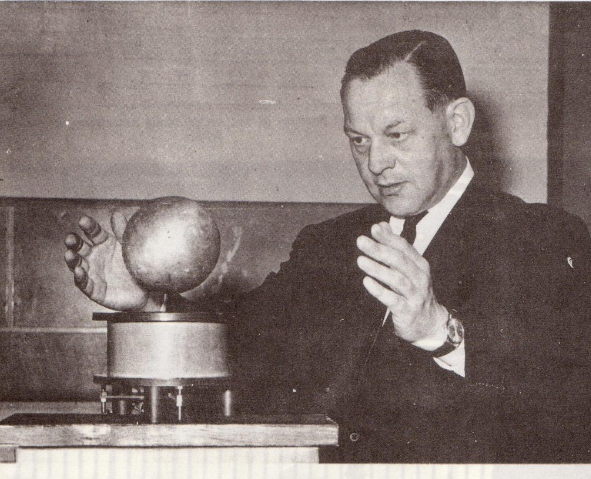
The children took on the exciting challenge of designing and creating their own Pillow Buddy during the half-term break. Using recycled materials and their imaginations, they produced an amazing range of creative and unique pillows, each reflecting their personal style and ideas. The children’s work beautifully highlights their ability to think creatively, work independently, and turn simple household items into something special. Their finished Pillow Buddies are not just functional and fun but also great examples of upcycling and sustainability. This project has been a perfect opportunity for everyone to appreciate and celebrate their hard work!
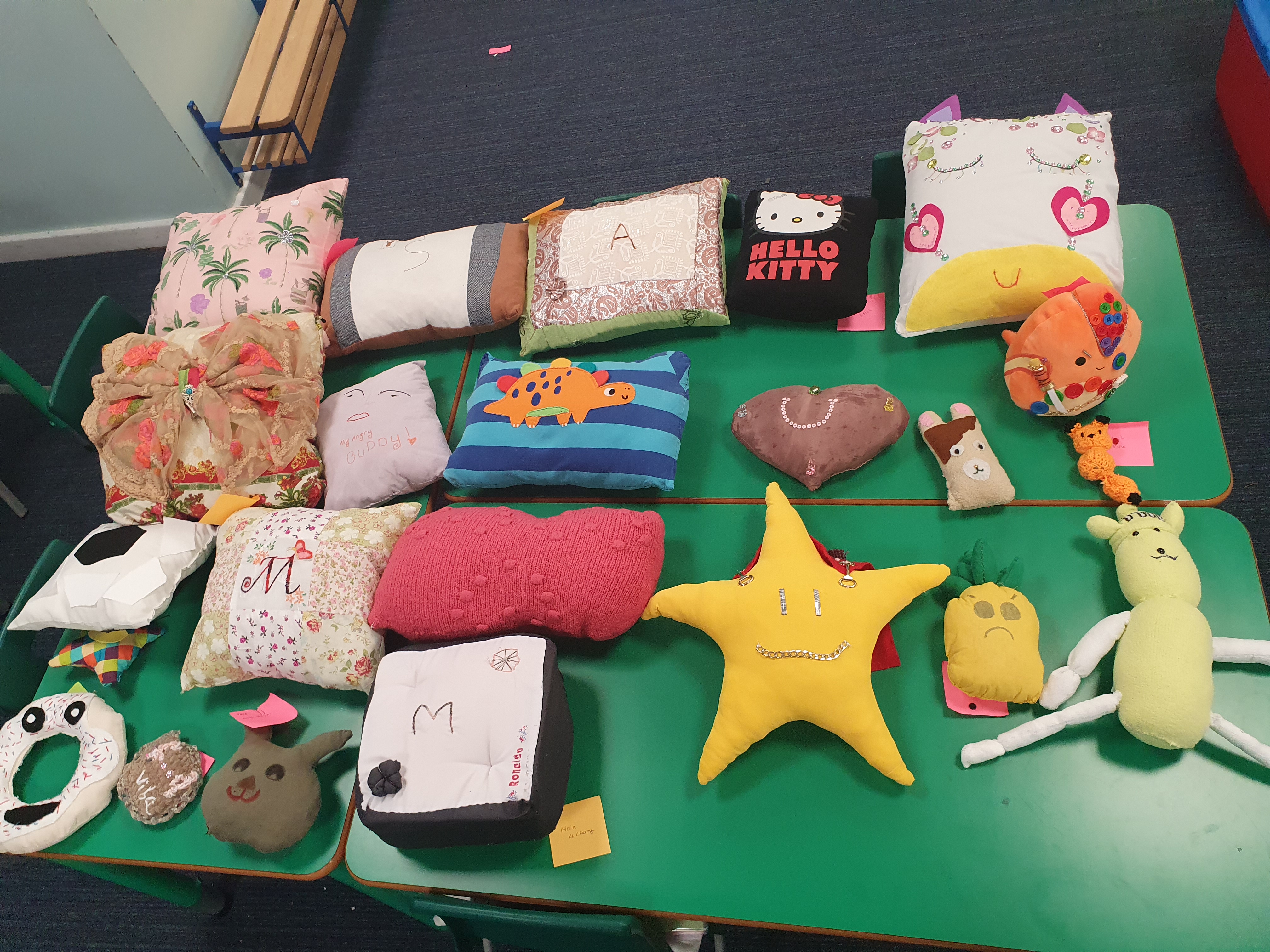
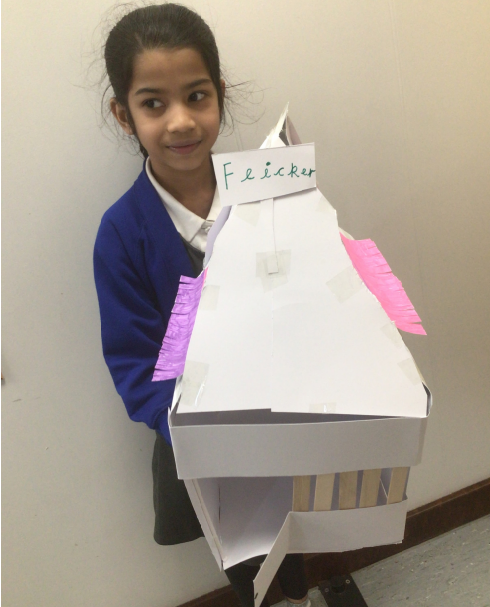
Y6 made Anderson shelters as their DT project this term, linking to their history topic. Well done Y6 – you showed lots of skill and creativity in design.
Last week in cooking club children enjoyed making pizzas. They discussed the ingredients used to make pasta sauce and were able to add toppings of their choice.